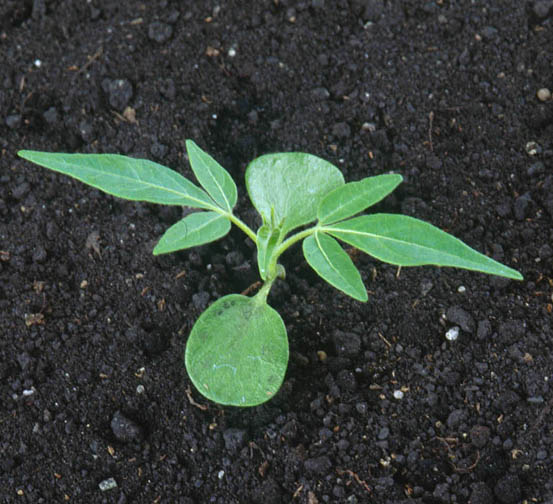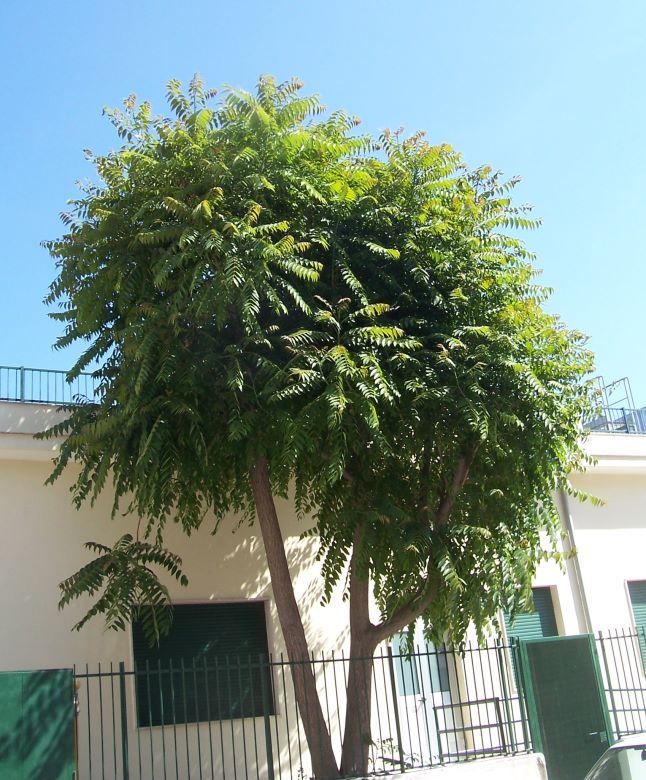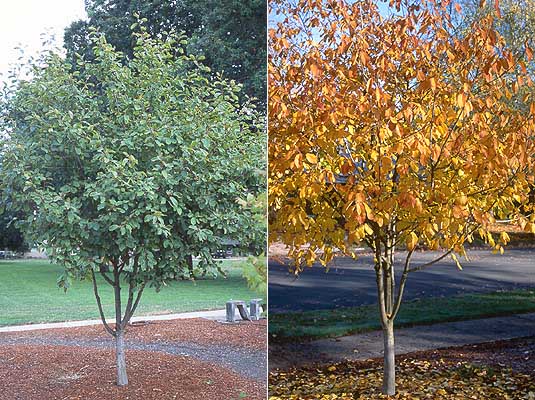Introduced species:
Tree of Heaven (Ailanthus altissima)
Characteristics: Tree of Heaven—also called Chinese sumac or stinking sumac—is one of the great misnomers in the plant world. It is a weedy, fast-growing deciduous tree that can reach 25-45 meters (80-150 feet) in height. Its bark is smooth and pale grey, with light-brown twigs. The alternating leaves are large and compound, typically 20-50 cm (8-20 in) long, though they may reach up to 1.3 meters (4 feet). Leaves may have 15 to 41 leaflets, each 4-13 cm (1.5-5 in) long. Small, yellow-green flowers appear near the branch tips in late spring, in clusters 6-12 cm (2.5-5 in) long; male flowers have a strong, offensive odor similar to that of cat urine. Female trees produce seeds in late summer. Seeds ripen into flat, twisted papery samaras that twirl as they fall to the ground. The roots of Tree of Heaven can readily damage sewer systems and foundations; the leaves are toxic to domestic animals, and contact with the sap may produce skin rashes. How…“heavenly.”
Spread: Tree of Heaven is a prolific seed producer; a single tree can produce 325,000 to 350,000 seeds each year. Wind can disperse the samaras over a wide range, allowing them to colonize natural areas, yards, and even cracks in pavement or foundations. Seeds sprout and grow readily in almost any environment. Tree of Heaven can also spread through suckering from its extensive root system, once it is established. The plant’s tissues produce a substance (ailanthone) that is harmful to many other plant species; this, combined with very rapid growth, allows it to out-compete existing vegetation. Native to China, Tree of Heaven is widely established in the Pacific Northwest, and may be seen growing in yards, parks, roadsides, sidewalks, driveways, and unkempt hair if one is not careful (this may be an exaggeration).
Control: Tree of Heaven is best controlled early; keep an eye out for seedlings, and pull them before they can develop a taproot. Large plants can be cut and stump-treated with an appropriate herbicide. Simply cutting down established trees will only encourage suckering from the cut stump and roots (though repeated cutting of all aboveground growth for several years can eventually exhaust the root system).
Native Replacements: Cascara (Rhamnus purshiana) is a native small tree that can reach 15 m (50 ft) in height, producing berries that are an excellent food source for birds and providing lovely fall foliage. Pacific madrone (Arbutus menziesii) is an evergreen tree with attractive, peeling bark. Either of these would make a welcome replacement for Tree of Heaven (assuming it’s growing where you would want a tree).



